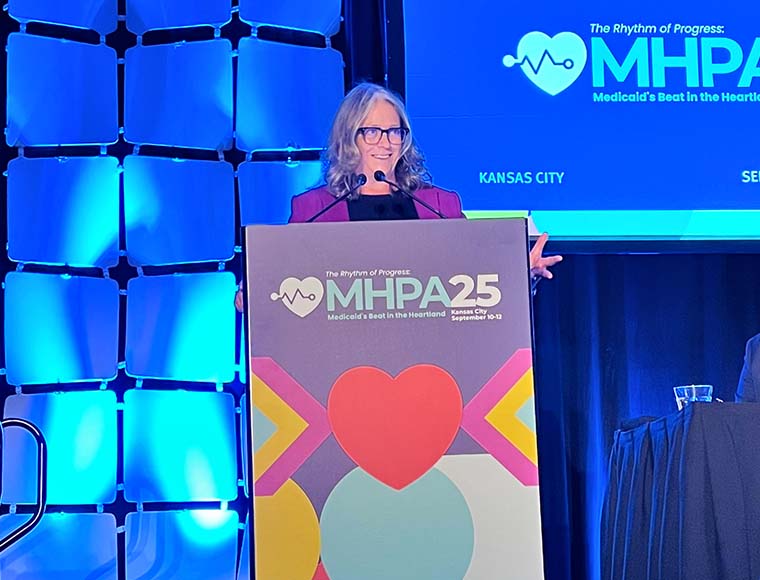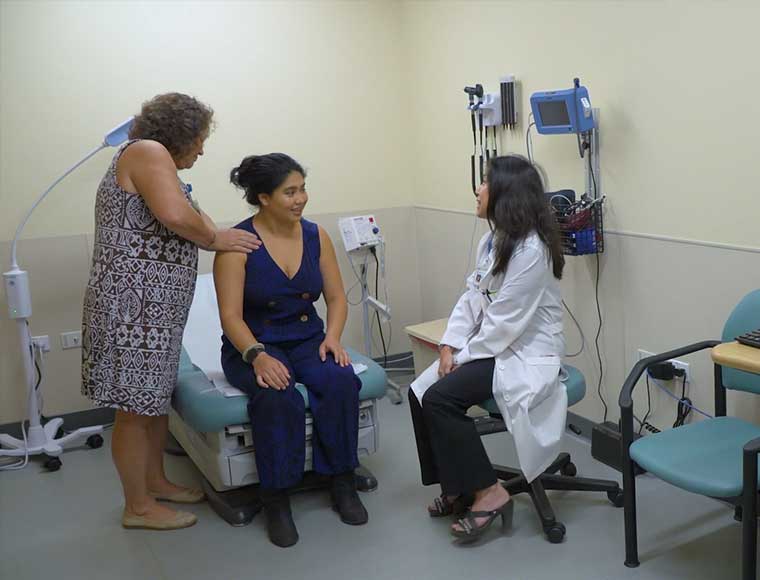Individuals living with disabilities experience higher rates of obesity, diabetes and cardiovascular disease than the general population in the United States.1 Despite facing an increased risk of chronic disease, adults with disabilities are significantly less likely to receive preventive care. The integration of individuals with disabilities in population health analyses is critically important for the improvement of health outcomes as well as for the prevention and management of chronic conditions. UnitedHealthcare Community & State is committed to ensuring people with disabilities receive equitable care.
The UnitedHealthcare Community & State Health Equity Strategy and Analytics team develops data structures that inform interventions for UnitedHealthcare Medicaid members experiencing disparate health outcomes. Most data analyzed, such as member place of residence and primary language, is clearly defined. However, disability status is more subjective, with over 67 unique federal statutory definitions. To provide better care for members with disabilities, the Health Equity Strategy and Analytics team created a first-of-its-kind disability taxonomy from internal research and feedback from the National Advisory Board (NAB). Upon reviewing the framework, the NAB noted its support for several guiding principles including language used to describe potential disabilities, confirmation methods, prioritization of lived experience and recognition of the subjective nature of disability. The taxonomy categorizes data by the following elements:
- Disability status
- Disability category
- Disability duration
- Impairment level
- Disability origin
This taxonomy determines what information is important to collect and then use in population analysis, member identification for outreach and disparity tracking to better serve UnitedHealthcare members. The framework will help with planning for appropriate staff credentials, budgeting needs and necessary interventions. It will additionally allow UnitedHealthcare Community & State to add or remove code sets to determine an individual’s diagnosis and health care needs.
As UnitedHealthcare Community & State tested the framework to better understand member health needs, 45,000 individuals confirmed they have experienced a disability over the past four years, validating the approach. Data analysis prioritizes the most recent information, with disability confirmation only occurring after direct communication with the member.
Research shows that the adoption of a standard taxonomy improves care coordination among health care professionals.2 Developing categories that appropriately capture the characteristics of members can also help health systems understand their member population, allocate resources and tailor interventions to fit the needs of members.3
Associate Director of Healthcare Economics at UnitedHealth Group, Joshua Thompson, concludes, “I think this taxonomy is important to the community of people with disabilities because it raises awareness of their needs without dictating what those needs are. It provides a framework for us to engage a specific community and learn from them how we can best be of service. People with disabilities, particularly those with invisible disabilities, have long been marginalized and forgotten. My hope is this changes that.”
Learn how UnitedHealthcare Community & State is reducing care gaps and improving health equity across the U.S. by visiting the health equity page.











